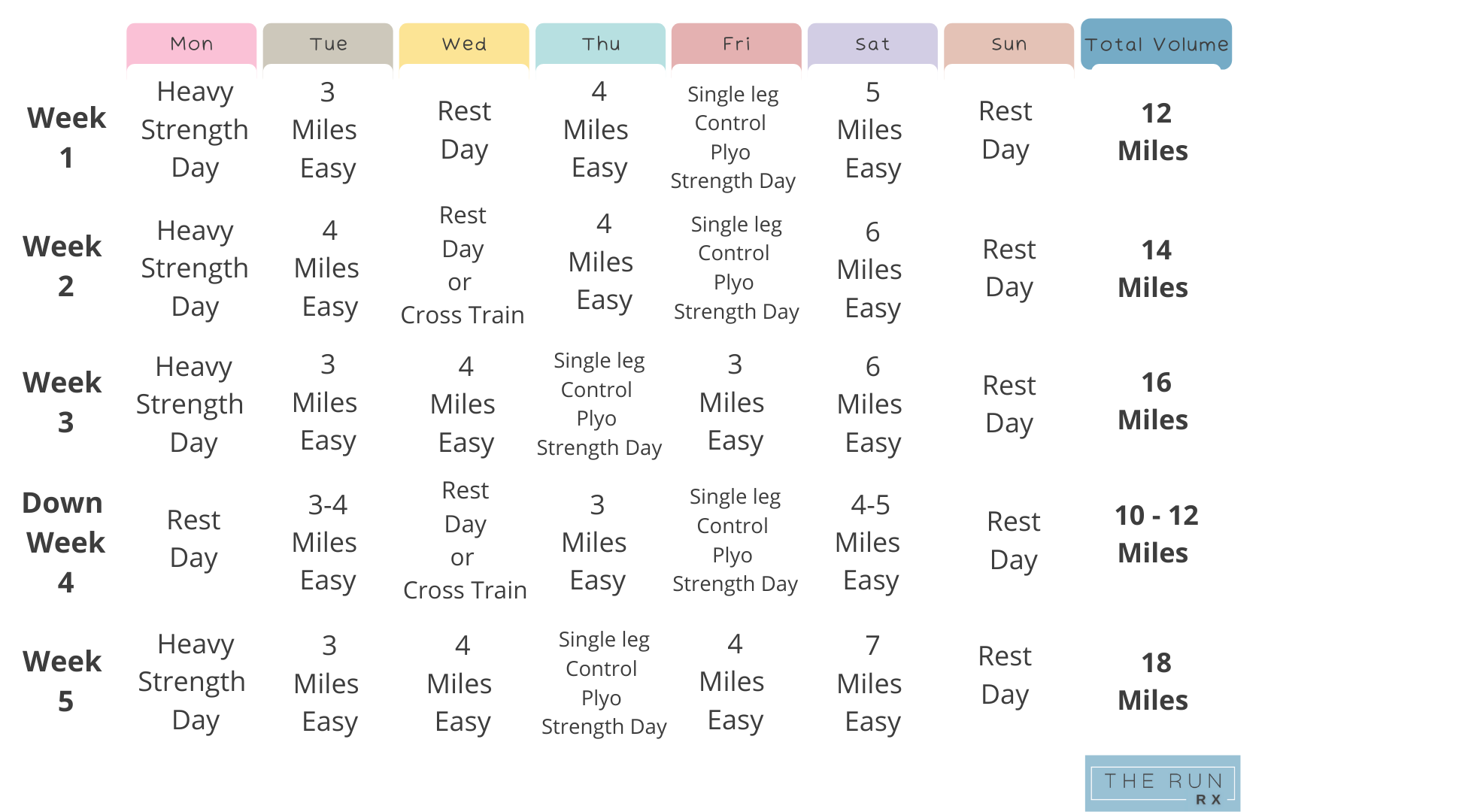Post Marathon Training and Base Building
The major marathon season is behind us and you're probably already thinking about running the next one. The post-race aches and pains have worn off and you're already eager to jump back into training. Whether you PR'd and are looking to build on recent success, or didn't quite finish how you wanted and looking to your next shot, this "off-season" provides an important opportunity for growth as a runner.
Many runners come out of the gate too hard in this phase or don't have enough of a plan in place to navigate the multiple months ahead of them before their official race training cycle begins. This is where injuries happen. Here's what you should be doing NOW with 6+ months out from your next big race.
Periodization, Base Building, Stress & Recovery
You CANNOT maintain peak fitness and build mileage ALL the time. Even the world's most elite runners take weeks completely off and down mileage weeks to be ready for their best race. Becoming a better runner is a game of patience and consistency over the long-term. The ultimate goal = stress, recover, repeat. Here's the best way to approach building back to your base mileage building a new and higher base or just building for the first time:
After a 1-2 week break from running (other than maybe a couple very light easy shakeout jogs) mileage should be significantly lower than your highest training mileage week and even slightly less than your pre-training base mileage to initially.
Keep the majority of your runs at easy pace to build/grow your aerobic base while minimizing stress from high-intensity speed or hill work that beat up your body. Build to where you want your base mileage to be before adding off-season speed work.
Down weeks every 3-4 weeks! As you build base mileage, be sure to take down weeks by cutting weekly mileage by 25%-35%. Return to the road, build and repeat. You are still building mileage week-to-week and month-to-month but in a sustainable way.
A 10% weekly mileage increase is often thrown around when returning from injury. However, studies have shown a much higher threshold of 25%-30% weekly increases as being associated with injury. Despite this, remember it is an "off-season" and weekly mileage increases that high aren't necessary right now. So if you've dealt with aches/pains and injury, keep the weekly build ~10-15%, but if you're feeling good you can sustain increases up to 20-25% safely if sparingly and with proper recovery.
Listen to your body! Everyone is different, take your down weeks and easy days sooner if needed. Increase mileage slower if you are new, and safely progress volume faster if you're an experienced, high volume, injury free runner.
Off Season Strength Training for Runners
Mileage is down, giving you more time and energy to focus on your strength routine (YAY!). Running injuries are a result of breakdown of muscle, bone and connective tissue and muscle is only further broken down by the catabolic nature of running.
It's important to build resilience of these structures and improve capacity for your training cycle by getting as much hay in the barn NOW before the inevitable shift in demand of your race-training cycle which will leave you with less time and less energy reserve to focus on this vital aspect of performance and injury prevention.
Shoot for 2-3 days/wk in the off season
1 day should be heavy, something you will do less of as running ramps because it requires more recovery
At least 1 day should emphasize single leg control and plyometrics for alignment focus and building strong resilient kangaroo tendons
Bootcamp or HIIT style workouts aimed at calorie burn are less beneficial in the long term and should only be in addition to 1-2 days of specific runners strength training
Work with a trainer who is familiar with the demand of running and patterns of injury
Check out our blog for our basic framework on the simplified Runner's Strength Workout Recipe
You can also check out our personal training options or our virtual training program for runners!
Example of initial re-build/training schedule for a 20-30 mile/wk runner
Running Mechanics, Movement Correction & Injury
The off-season is the chance to really hone your running mechanics and movement patterns. In particular, if you've been dealing with nagging injuries related to running, a gait analysis with a physical therapist allows you to discover if there are any faulty movement patterns in how you run that could be playing a role. If performance is your primary concern, it allows you to identify inefficiencies in your mechanics that could be resulting in energy leaks and keeping you from your next PR. Learn more about how we’re using our gait analysis with runners here!
Incorporating appropriate drills and neuromuscular re-education to relearn proper patterns based of your analysis can keep you running pain free and at your best for your next race!
If you're ready to optimize your movement reach out to see how we can help you today!





